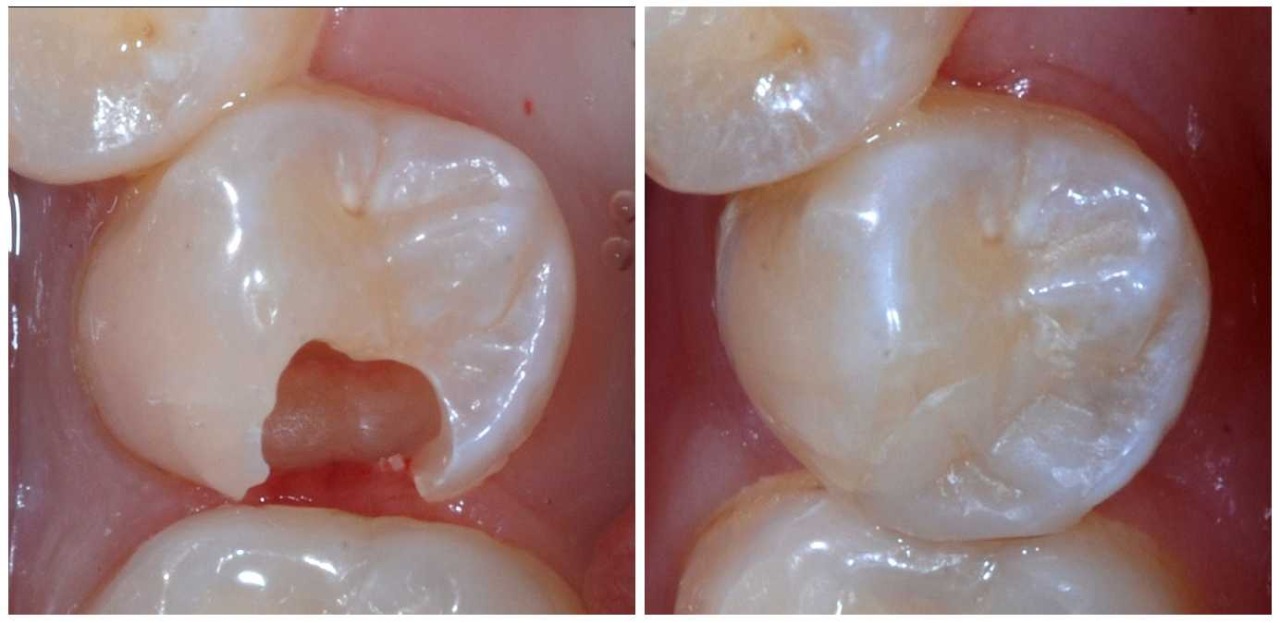
i5dentalchennai@gmail.com
+91-9043765454
Dental restorations and fillings are both used to repair decayed or damaged teeth, but they differ in the extent of damage they can address. Here's a brief overview of each:
Fillings:
Dental fillings are used to repair small to moderate areas of decay or damage in a tooth. The decayed or damaged portion of the tooth is removed, and the resulting cavity is filled with a dental material such as amalgam, composite resin, or porcelain.
Fillings are typically recommended for:
Restorations:
Dental restorations are used to repair more extensive damage to a tooth, such as a large cavity, a broken or cracked tooth, or a tooth that has undergone root canal therapy. Restorations may include dental crowns, inlays, onlays, or overlays, and are typically made from materials such as porcelain, ceramic, or metal.
Restorations are typically recommended for:
The cost of dental restorations and fillings can vary depending on the material used and the extent of damage to the tooth. In general, fillings are less expensive than restorations, but may need to be replaced more frequently over time. Your dentist can recommend the best treatment option based on your individual needs and budget.

There are several types of dental fillings, each with their own benefits and drawbacks. Here are the most common types of dental fillings:
Your dentist can help you decide which type of filling is best for your needs based on the location and size of the cavity, your budget, and your personal preferences.
Your dentist can help you decide which type of restoration is best for your needs based on the location and extent of the damage, your budget, and your personal preferences.
The choice between teeth filling or tooth restoration depends on the extent of the damage to the tooth.
If the damage is minor, such as a small cavity, a dental filling may be the best option. Dental fillings are typically made of materials like composite resin, porcelain or glass ionomer and are used to fill in the cavity and restore the tooth's natural shape and function. Fillings are a quick and cost-effective way to repair minor damage and can last for several years.
If the damage is more extensive, a dental restoration may be necessary. Dental restorations are typically used to repair teeth that have been significantly damaged by decay or trauma, or teeth that are missing altogether. Restorations include dental crowns, bridges, inlays, and onlays, as well as dental implants and dentures. These restorations are custom-made to fit the patient's mouth and can restore the function and appearance of the damaged or missing teeth.
Your dentist can help you determine which option is best for your specific situation. Factors such as the location and severity of the damage, your overall oral health, and your budget will all play a role in determining the most appropriate treatment.
Lorem Ipsum is simply dummy text of the printing and typesetting industry. Lorem Ipsum has been the industry's standard dummy text ever since the 1500s


Lorem Ipsum has been the industry's standard dummy text ever since the 1500s, when an unknown printer took a galley of type and scrambled


Lorem Ipsum when an unknown printer took a galley of type and scrambled it to make a type specimen book. It has survived not only five centuries







Krishna Nagar, Pammal, Chennai
i5dentalchennai@gmail.com
+91-90437654540
© I5 Dental Implant Xperts. All Rights Reserved.
Designed & Developed By SBJ SERVICES